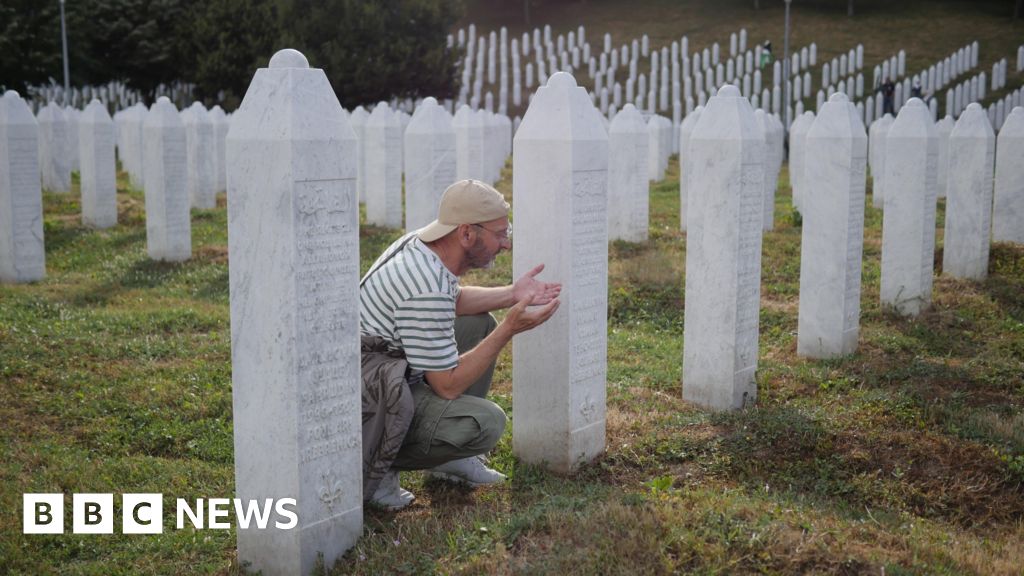- Total News Sources
- 1
- Left
- 0
- Center
- 1
- Right
- 0
- Unrated
- 0
- Last Updated
- 172 days ago
- Bias Distribution
- 100% Center


Ethnic Divisions Persist 30 Years After Srebrenica Massacre
The Srebrenica massacre, the most notorious European war crime since World War Two, saw Bosnian Serb forces systematically execute around 8,000 Bosniak men and boys after overtaking the UN-declared safe area in July 1995. Despite the presence of Dutch UN peacekeepers, Bosnian Serb General Ratko Mladić orchestrated the killings and the subsequent concealment of bodies through multiple mass graves, leaving families in decades-long anguish as they search for remains, aided by DNA testing and identification of personal items. The tragedy and its aftermath are powerfully depicted in the play Flowers of Srebrenica, which also highlights the persistent ethnic and political divisions within Bosnia and Herzegovina, where denial of the genocide persists in the majority-Serb Republika Srpska. Three decades later, many families remain trapped in limbo, yearning for closure and justice, with some never receiving answers about their missing loved ones. The broader Bosnian War context involved ethnic cleansing and sieges by Bosnian Serb forces aiming to create an ethnically homogenous Republika Srpska, with Srebrenica becoming a besieged enclave for Bosniak refugees despite international declarations of safety and limited UN peacekeeping forces. The massacre's enduring memory remains critical to confronting the past and addressing ongoing divisions in the country.

- Total News Sources
- 1
- Left
- 0
- Center
- 1
- Right
- 0
- Unrated
- 0
- Last Updated
- 172 days ago
- Bias Distribution
- 100% Center
Stay in the know
Get the latest news, exclusive insights, and curated content delivered straight to your inbox.

Gift Subscriptions
The perfect gift for understanding
news from all angles.
